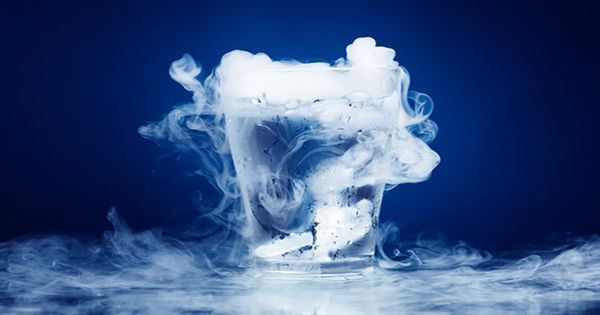Glass is truly a strange material. Despite being solid, its components are not organized into a great crystal structure like other solids. These molecules become stable before they organize themselves into crystals. The search for understanding glass has led researchers to discover a new state of matter: liquid glass. The starting point of this investigation was the use of colloids, dispersing a mixture of “large” particles through a second substance. Gels and emulsions are examples of colloids. These substances can sense many of the phenomena that occur in glass-making materials, so they are good proxies for studying glass transfer.
The team involved in this study decided to try something different than the previous study. Instead of using spherical particles in their colloids, they made special elliptical (egg-shaped) particles. By changing its concentration in mixtures they discovered the behavior of abnormal liquid glass behavior.
Senior author Professor Andreas Zumbusch, from the University of Konstanz, said in a statement, “Because of their unique size, our particles have an orientation – as opposed to spherical particles – which gives rise to completely new and previously undisputed types of complex behavior.” “Specific particle densities cooled the oriental motion where translational motion continued, resulting in glass states where the particles cluster to form local structures with the same structure.”
What the researchers saw in this particular material were two competitive glass transitions. One was the regular phase transformation, which is the opposite. The other was an unbalanced one, which is immutable. This combination can create strange properties of glass. Dr. Matthias Fuchs, professor of soft condensed matter theory at the University of Konstanz and the other senior author says on the paper, “It’s incredibly interesting from a theoretical vantage point.” “Our experiments provide the kind of evidence that the national scientific community has been around for some time now for the interplay between critical fluctuations and glassy arrests.”
Understanding glass is not just about the elements that make up our windows. Plastics and metals and proteins even treat a wide range of materials like glass with organic matter like biological cells. The theoretical investigation of liquid glass has been going on for two decades. This first result will have a far-reaching impact on the scientific field.















